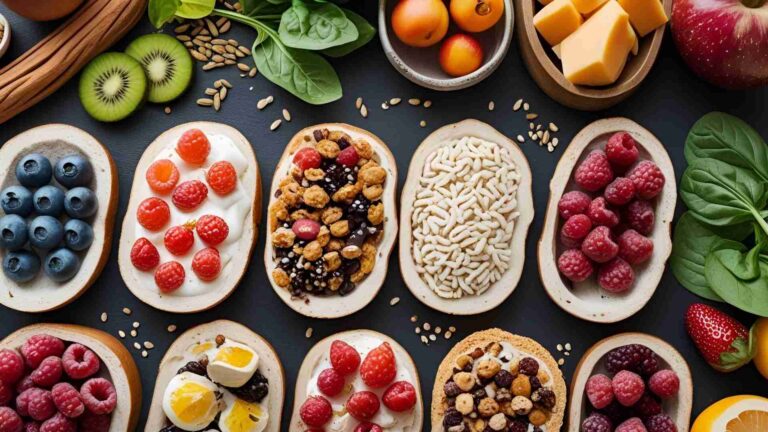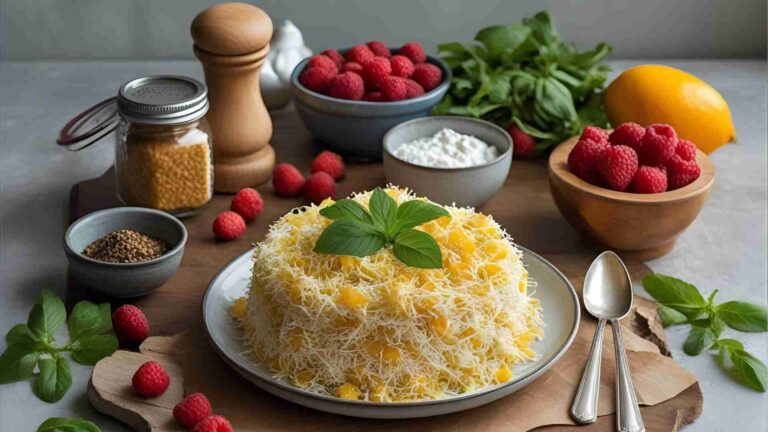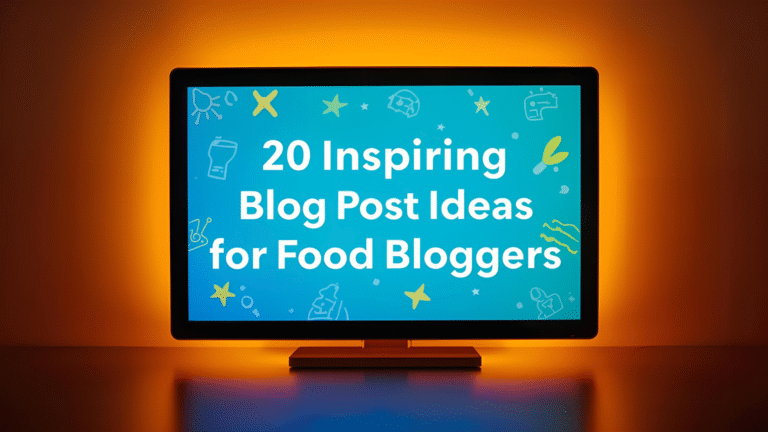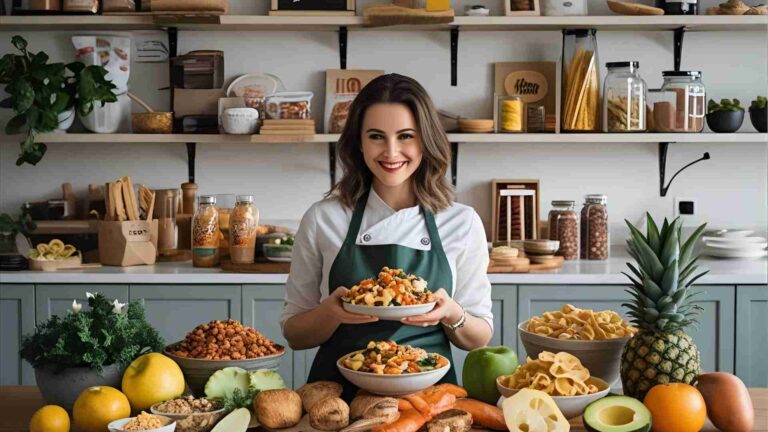Don’t Tell Your Life Story, Just Give Us the Recipe
In the digital age, recipe blogs have become a cornerstone of culinary inspiration, offering home cooks access to a vast array of dishes from around the globe. However, a common frustration among readers has sparked a heated debate: the lengthy personal stories that often precede the actual recipe. The sentiment, encapsulated in the phrase “Don’t tell your life story, just give us the recipe,” reflects the desire of many for quick, direct access to cooking instructions. Yet, these narratives serve critical purposes for bloggers, from enhancing SEO to building a loyal audience. This article explores the tension between storytelling and accessibility in recipe blogging, offering strategies to balance both for a superior user experience and sustained blog success.
The Rise of Storytelling in Recipe Blogs
Storytelling in recipe blogs is not a new phenomenon but has become a defining feature of the genre. Bloggers weave personal anecdotes, cultural histories, or culinary inspirations into their posts, transforming a simple list of ingredients and instructions into a narrative journey. This trend, popularized by influential bloggers like Deb Perelman of Smitten Kitchen and David Lebovitz, has reshaped how recipes are presented online.
Why Bloggers Tell Stories
There are several compelling reasons why food bloggers incorporate stories into their recipe posts:
- SEO Benefits: Search engine optimization (SEO) is a primary driver. Long-form content increases the time readers spend on a page, signaling to search engines like Google that the content is valuable. This dwell time can boost a post’s ranking in search engine results pages (SERPs). Additionally, stories allow bloggers to integrate long-tail keywords—specific phrases like “history of shahi paneer” or “easy vegan dinner recipes”—that are less competitive and more likely to match user queries, improving organic traffic.
- Personal Connection: Stories infuse a blog with personality, distinguishing it in a crowded niche. By sharing personal experiences, bloggers create an emotional bond with readers, fostering trust and authenticity. For instance, a blogger might recount a family tradition tied to a recipe, making it more relatable and memorable.
- Monetization Opportunities: Narratives provide a natural platform for sponsored content and affiliate marketing. A story about a family barbecue, for example, can seamlessly feature a branded grill or sauce, enhancing the post’s commercial potential without feeling like an overt advertisement.
- Enhanced Utility: Beyond ingredients and steps, stories often include practical tips, such as ingredient substitutions or cooking techniques, that make recipes more accessible. This added context empowers readers, especially novices, to adapt dishes to their needs.
The Reader’s Perspective: Frustration with Lengthy Narratives
While stories offer clear benefits for bloggers, many readers find them frustrating. A busy home cook searching for a quick dinner recipe may not have the time or interest to read about the blogger’s childhood memories or a trip to a farmers’ market. Social media platforms like Reddit, particularly in communities like r/cookingforbeginners, amplify this sentiment, with users voicing their preference for concise, recipe-focused content.
The frustration stems from several factors:
- Time Constraints: Readers often seek recipes under tight schedules, such as preparing a meal after work.
- Search Intent: Those arriving via search engines may be looking for specific instructions, not narrative context.
- Repetitive Content: Some stories feel generic or disconnected from the recipe, adding little value.
This tension has led to a divide: readers who enjoy the personal touch versus those who demand immediate access to the recipe.
Striking a Balance: Strategies for Effective Recipe Blogging
To satisfy both storytelling enthusiasts and recipe-focused readers, bloggers must adopt strategies that enhance accessibility while preserving the benefits of narrative content. Below are proven tactics to achieve this balance, supported by practical tools and examples.
1. Implement a Jump-to-Recipe Button
A jump-to-recipe button is a simple yet transformative feature that respects readers’ time. Placed at the top of a post, it allows users to bypass the story and go directly to the recipe card. This caters to those in a hurry while still accommodating readers who enjoy the narrative.
Example: On www.ASweetPeaChef.com, a prominent jump-to-recipe button ensures users can access instructions instantly. According to Birthe Vandermeeren, cofounder of Bootstrapped Ventures, “Implementing a jump-to-recipe button is a game-changer for user experience. It respects the reader’s time while still accommodating those who enjoy the narrative.”
Tool: WP Recipe Maker, a popular WordPress plugin, offers an easy-to-implement jump-to-recipe button, along with features like printable recipe cards and schema markup for SEO.
2. Craft Concise, Relevant Stories
While stories are valuable, they must be purposeful and concise to maintain reader interest. Aim for narratives of 300–500 words that directly relate to the recipe. For example, a story about learning a pasta dish in Italy is more engaging for a carbonara recipe than a generic anecdote about a family pet.
Tips for Effective Storytelling:
- Use Sensory Details: Describe the aroma of fresh basil or the texture of al dente pasta to bring the story to life.
- Incorporate Emotion: Focus on universal themes like family traditions or cooking mishaps to resonate with readers.
- Inject Personality: Write conversationally, as if speaking to a friend, to create a recognizable voice.
Example: David Lebovitz’s brownie recipe post begins with a humorous anecdote about a book signing where he discovered a revelatory brownie. This story is brief, engaging, and ties directly to the recipe, encouraging readers to try it.
3. Optimize Recipe Layout for Clarity
A well-structured recipe layout enhances readability and user experience. Clear, concise instructions and a standardized format make it easy for readers to follow along, reducing frustration.
Best Practices:
- Use Active Language: Start each step with a verb, e.g., “Chop the onions” instead of “The onions should be chopped.”
- Break Down Steps: Present each step in a separate paragraph or bullet point for clarity.
- Include Visual Cues: Describe how the dish should look or smell at each stage, e.g., “Bake until golden brown.”
- List Equipment: Specify tools needed, such as a cast-iron skillet, at the start of the recipe.
Tool: Plugins like WP Recipe Maker or Tasty Recipes create structured recipe cards with sections for ingredients, instructions, and cooking times, improving both usability and SEO through schema markup.
4. Leverage High-Quality Visuals
Food photography is a critical component of recipe blogging, often determining whether a reader engages with a post. High-quality images can make a dish irresistible, encouraging users to try the recipe.
Photography Tips:
- Use Natural Light: Shoot near a window during daylight to highlight texture and color.
- Experiment with Angles: Try overhead shots for flat dishes like pizza or 45-degree angles for layered dishes like cakes.
- Style Thoughtfully: Use neutral backgrounds and minimal props to keep the focus on the food.
- Edit Sparingly: Enhance colors and exposure with tools like Adobe Lightroom, avoiding heavy filters.
Statistic: Posts with human elements, such as hands in the frame, can boost social media engagement by up to 30%.
5. Engage Readers with Interactive Elements
Interactive features transform passive readers into active participants, fostering a sense of community and increasing engagement.
Ideas:
- Rating Systems: Allow readers to rate recipes with stars, as seen on Tasty Recipes, to provide feedback.
- Helpful Notes: Encourage readers to share tips or modifications, similar to the New York Times Cooking section’s approach.
- Polls and Quizzes: Create fun polls about flavor preferences or quizzes on cooking techniques to spark interaction.
- GIFs: Use animated GIFs to illustrate specific steps, making instructions more dynamic.
Quote: Sam Sifton, Food Editor at the New York Times, notes, “We made the conscious decision not to call them comments. The call to action was to leave a note on the recipe that helps make it better.”
6. Organize Content with Recipe Collections
Recipe collections group related dishes, making it easier for readers to find relevant content and encouraging them to explore more of the blog.
Collection Types:
- Theme-Based: E.g., “Summer BBQ Recipes.”
- Dietary Preferences: E.g., “Gluten-Free Desserts.”
- Occasion-Based: E.g., “Thanksgiving Sides.”
- Skill Level: E.g., “Beginner-Friendly Meals.”
Promotion: Highlight collections on the homepage, share them on social media, and feature them in newsletters to drive traffic.
7. Align with Seasonal Trends
Seasonal content resonates with readers searching for timely recipes. Focusing on peak ingredients or food holidays can boost engagement.
Seasonal Ingredients:
- Spring: Asparagus, strawberries
- Summer: Tomatoes, berries
- Fall: Pumpkin, apples
- Winter: Citrus, root vegetables
Food Holidays: Leverage events like National Pizza Day to create themed posts, which can gain traction on social media.
Quote: Sylvia Fountaine, professional chef and blogger, says, “When you start with ripe seasonal ingredients at their peak of flavor, they can be treated so simply in the kitchen. Not only will the end result taste better, but it’s also a beautiful way to embrace the seasons.”
8. Post Consistently
Regular updates keep a blog relevant and encourage repeat visits. A realistic posting schedule, such as 1–2 posts per week, is manageable for most bloggers.
Content Calendar Example (Chart):
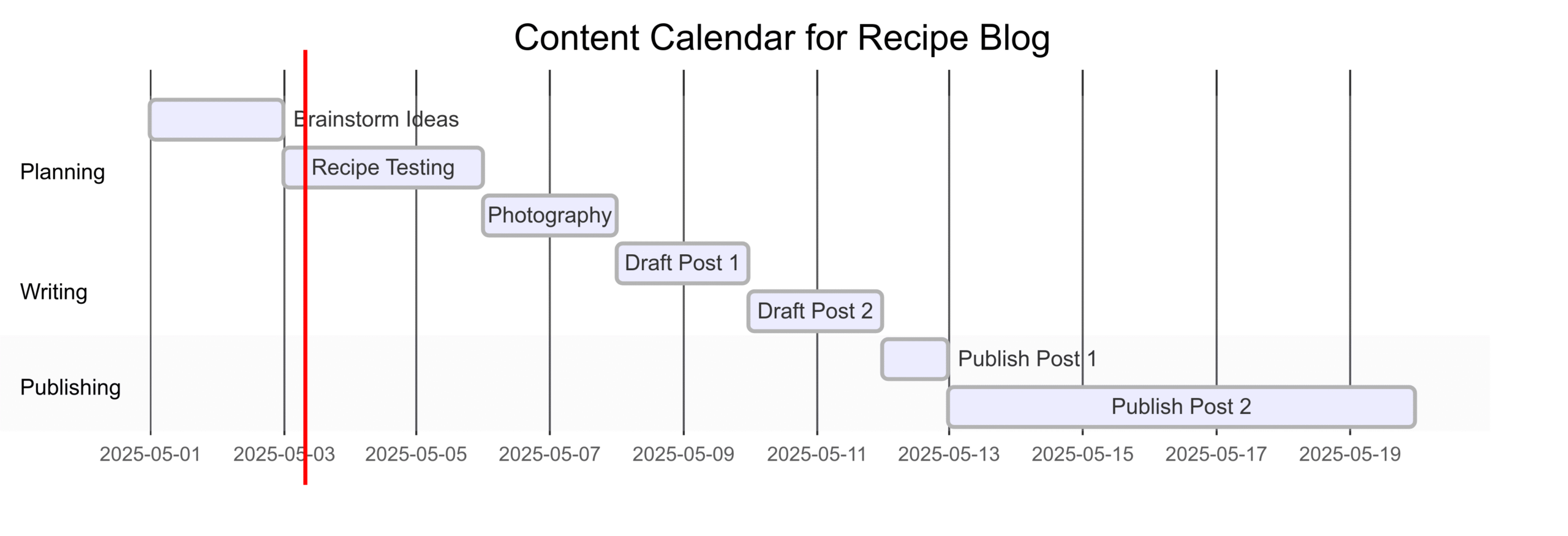
Tip: Batch-create content (e.g., test multiple recipes in one session) to streamline the process.
9. Network with Other Bloggers
Collaboration expands a blog’s reach and fosters growth. Join food blogging groups on platforms like Facebook or Reddit, participate in recipe roundups, or guest post on other blogs to attract new readers.
Case Study: Brenda from BecomeBetty.com saw a 50% traffic increase after forming a mastermind group with other bloggers, reaching 1.5 million page views in a year.
10. Use Recipe Plugins for Functionality
Plugins like WP Recipe Maker enhance both user experience and blog performance. Key features include:
- Recipe Cards: Standardized formats for ingredients and instructions.
- SEO Markup: Schema markup to improve search visibility.
- Interactive Tools: Adjustable serving sizes, unit converters, and print buttons.
Comparison Table:
| Plugin Name | Key Features | Pricing |
|---|---|---|
| WP Recipe Maker | Jump-to-recipe, schema markup, nutrition | $49/year + Free |
| Tasty Recipes | Customizable design, recipe videos | $49/year |
| Recipe Card Blocks | Block editor integration, schema markup | $59/year + Free |
| Zip Recipes | SEO optimization, Amazon integration | $20/year |
The Memoir Cookbook Trend: A Broader Context
The emphasis on storytelling in recipe blogs aligns with a broader trend in the cookbook industry: the rise of memoir cookbooks. These hybrid works, such as Korean American by Eric Kim or Arabiyya by Reem Assil, combine recipes with personal narratives, offering readers a deeper connection to the food and its cultural significance.
Why Memoir Cookbooks Matter:
- Intimacy: Stories create a direct portal into the author’s life, fostering emotional resonance.
- Cultural Representation: They amplify diverse voices, bringing global cuisines to mainstream audiences.
- Engagement: Narratives make recipes more memorable, encouraging readers to try them.
Popular Memoir Cookbooks:
- Salt, Fat, Acid, Heat by Samin Nosrat
- Jerusalem by Yotam Ottolenghi
- My Father’s Daughter by Gwyneth Paltrow
Sales Data: According to Publishers Weekly, adult nonfiction, including memoirs, saw a 20% sales increase from 2020 to 2021, reflecting strong reader demand for personal stories.
Addressing Reader Concerns: A Path Forward
To address the “just give us the recipe” critique, bloggers must prioritize user experience without sacrificing the benefits of storytelling. The following principles guide this approach:
- Respect Reader Time: Offer immediate access to recipes via jump-to-recipe buttons.
- Focus on Quality: Ensure stories are relevant, concise, and engaging.
- Enhance Functionality: Use plugins and clear layouts to streamline navigation.
- Build Community: Encourage interaction through ratings, notes, and social media.
Conclusion: A Recipe for Success
Recipe blogging is a delicate balance of art and utility. While personal stories enrich a blog’s voice, SEO, and monetization potential, accessibility remains paramount. By implementing jump-to-recipe buttons, crafting purposeful narratives, and leveraging tools like WP Recipe Maker, bloggers can satisfy both storytelling enthusiasts and time-pressed cooks. The rise of memoir cookbooks underscores the enduring power of stories in food writing, reminding us that recipes are more than instructions—they’re a celebration of culture, memory, and connection.
As food blogger Dianne Jacob aptly states, “Your readers who come back are not just looking for a recipe. They are looking for YOU.” By blending authenticity with accessibility, recipe bloggers can create vibrant communities that inspire and delight, one dish at a time.
Call to Action: Ready to elevate your recipe blog? Start by adding a jump-to-recipe button and experimenting with concise, engaging stories. Join food blogging communities to share ideas and grow your audience. Happy blogging—and cooking!
Please share this Don’t Tell Your Life Story, Just Give Us the Recipe with your friends and do a comment below about your feedback.
We will meet you on next article.
Until you can read, 7 Mistakes Food Bloggers Make When Writing Recipes

